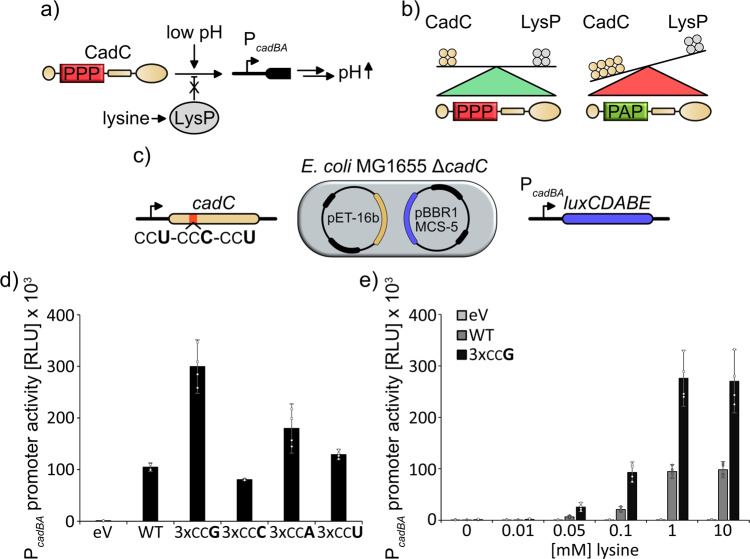Fig. 7. Codon choice modulates protein expression and ensures physiological protein stoichiometry of the Cad system.
a The Cad system. CadC is a pH sensor that induces expression of its target genes at low pH by binding to the cadBA promoter (PcadBA). Expression of the corresponding gene products ultimately leads to an increase in pH. The lysine dependency of the acid stress response depends on stoichiometric expression of CadC and the co-sensor LysP. b The equilibrium of the protein copy numbers of CadC and LysP is ensured by a triproline motif within the CadC primary structure. Absence of the triproline results in deregulation of the acid stress response due to increased CadC copy number. c Reporter system used to test the cadC translation efficiency. E. coli MG1655 ΔcadC cells were transformed with pET-16B vectors encoding for wild type or proline codon-exchanged variants of CadC. Cells were cotransformed with pBBR1MCS-5 vectors carrying the lux genes under control of the PcadBA promoter. PcadBA promoter activity was assessed by measuring luminescence emission and used as a proxy for CadC copy number14. d PcadBA promoter activity under inducing conditions (pH = 5.8; 10 mM lysine) upon expression of wild-type CadC or proline codon-exchanged CadC variants where all proline codons in the pausing motif have been substituted by the same codon. n = 4. e PcadBA promoter activity at increasing external lysine concentrations. PcadBA induction when cadC contains the natural codon composition is shown in dark gray. PcadBA induction when cadC contains only CCG codons at the relevant PP-motif is shown in black. n = 4, Error bars indicate 95% confidence intervals.

